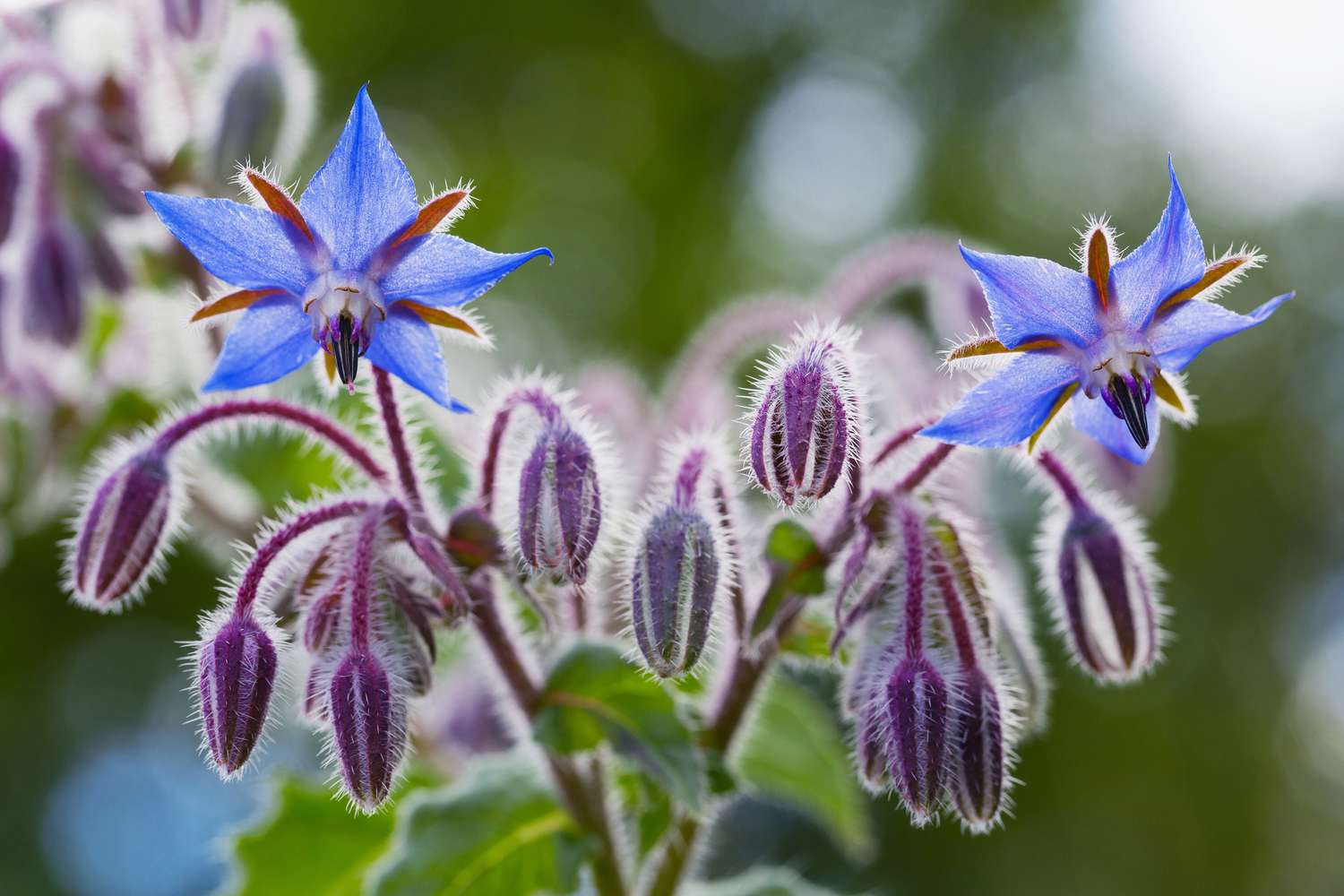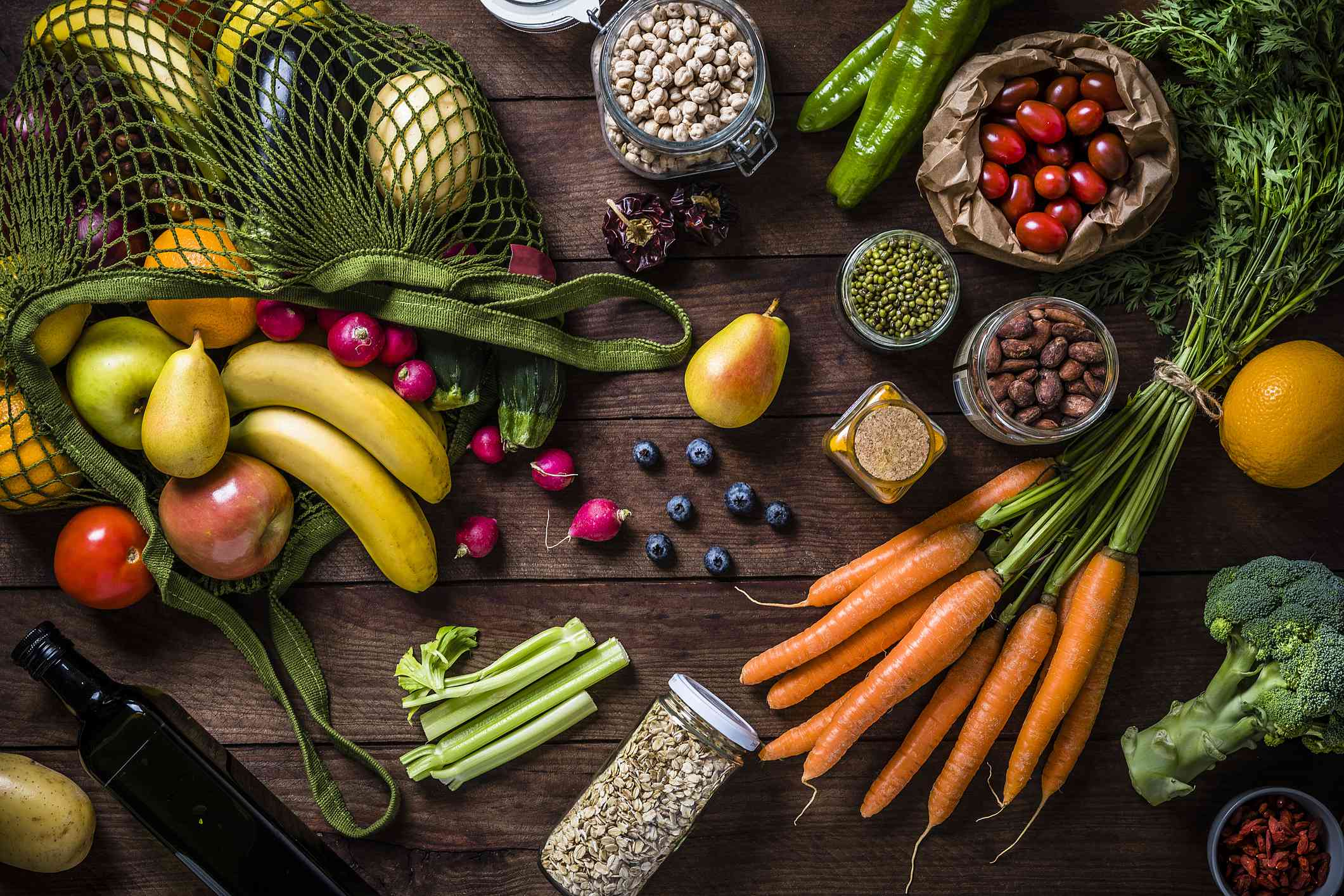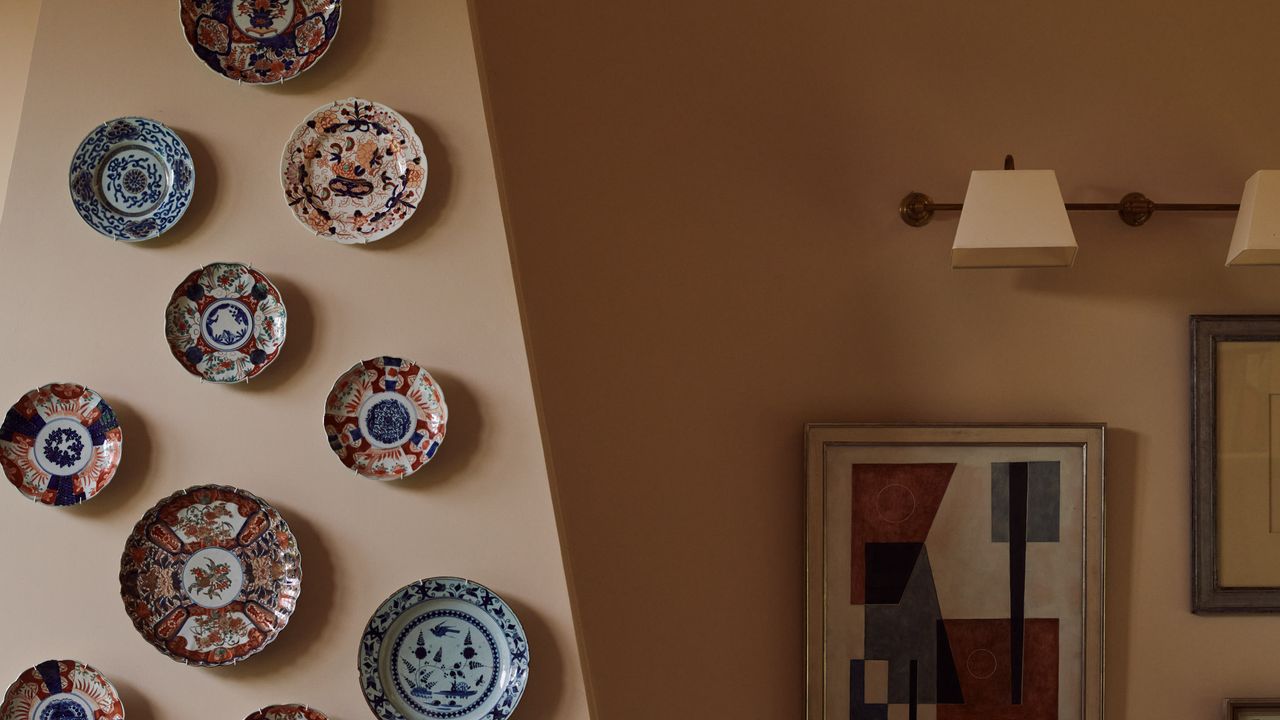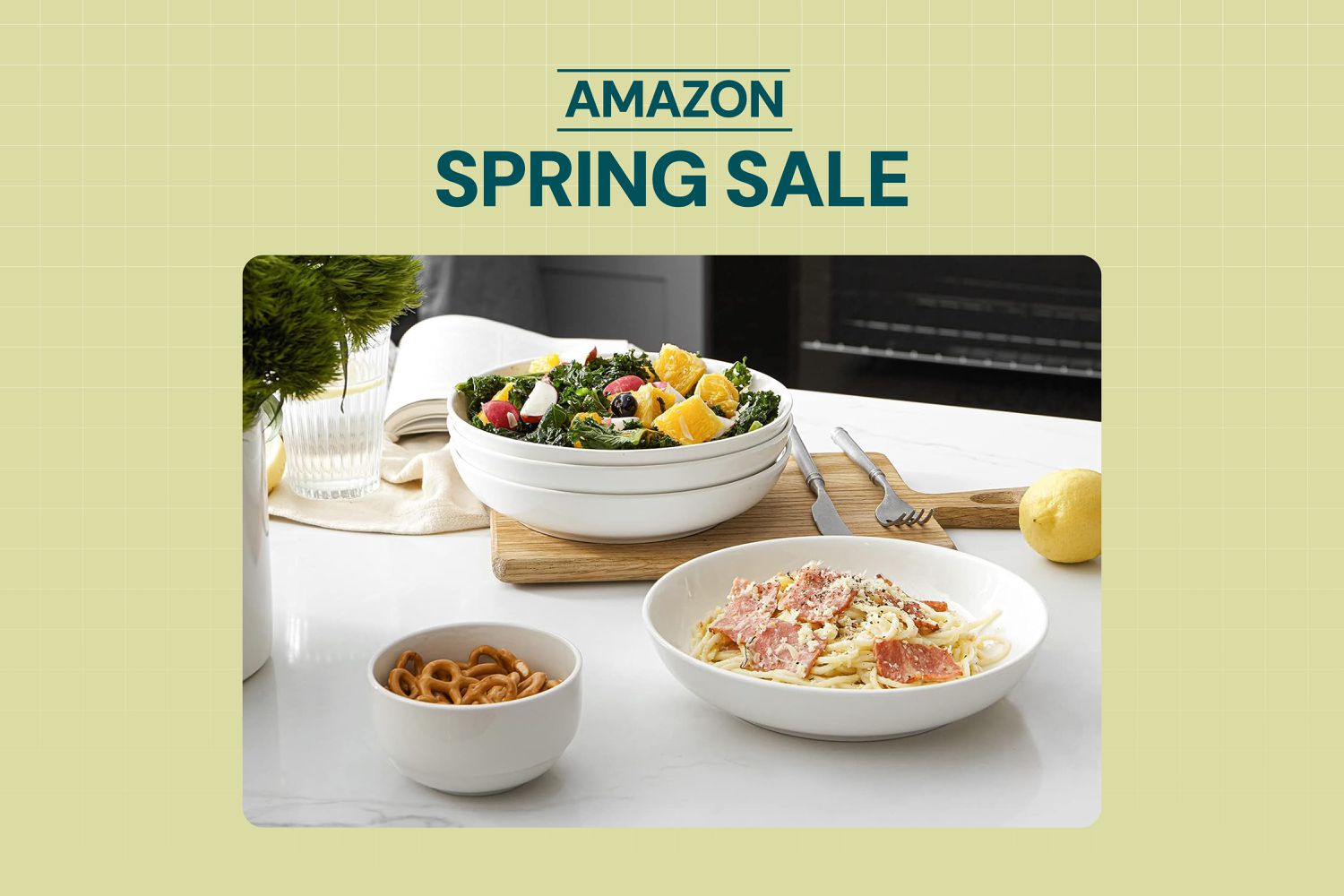
These 12 Edible Flowers Are the Secret Ingredient Your Garden Needs
When choosing flowers for your garden, some of the elements you might consider include their color, shape, size, what kind of pollinators they attract, and how well they will blend in with your existing garden and landscape. One other thing to consider? Whether your beautiful flowers are also edible—which can add flavor, texture, and color to your cooking. Pick any one of the expert-recommended edible flowers below for your garden and whip them up in your favorite recipe, getting a chance to enjoy them in a whole new way.
Nasturtium
Jacky Parker Photography/Getty Images
Andy Thewlis, farm manager at The Inn at Little Washington, says that these brilliant blooms carry a peppery taste. “Nasturtium’s elegant edible leaves are equally as delightful,” he says.
Nasturtium’s edible flowers aren’t the only good reason to add these plants to your garden—they also make an excellent companion plant to other backyard favorites like cucumbers. Nasturtium can be grown as a perennial in zones 9 to 11 and an annual everywhere else. If you’re adding these to your garden, Thewlis says to space them 8 to 12 inches apart. “Plants prefer a well-drained, fertile soil,” he says, adding that high nitrogen levels promote more foliage than flower production.
- Zones: 9 to 11
- Size: Up to 16 inches tall, both mounding and trailing
- Growing conditions: Well-drained fertile soil, full to filtered light
Viola
Thewlis calls the viola “elegant and ephemeral,” noting that it comes in a variety of different colors. “Delicate, feathery, and sweet blooms prefer sun/part shade,” he says of the plant, suggesting that they should be spaced 6 to 9 inches apart and grown in rich but well-draining soil.
- Zones: 3 to 8
- Size: 4 to 10 inches tall x 4 to 10 inches wide
- Growing conditions: Full to partial sun, well-draining soil, amended with compost or fertilizer for best results.
Egyptian Starflower
Bebenjy / Getty Images
Luxurious starflowers are offered in an array of colors, according to Thewlis, who says that the edible five-petal florets are crunchy with a floral-honey-grassy flavor. “We cultivate the starflower in a classic red velvet and plum coloration,” he says of his own experience with the plant.
- Zones: 10 to 11
- Size: 2 to 3 feet
- Growing conditions: Full sun, fertile, well-draining soil
Marigold
rrecrutt / Getty Images
Marigolds are a popular garden flower and are prized both for their beauty as well as their myriad companion planting benefits—and, they are edible as well. “Burdened by glorious purpose, the lavish orange and yellow blossoms of the marigold boast a tangy tangerine and orange-soda-like zest,” Thewlis says. “Remove the petals from the flower base before consuming as the base can be bitter.”
- Zones: 2 to 11
- Size: 10 to 36 inches tall
- Growing conditions: Full sun, feed moderately, deadhead to increase blooms
Bachelor Buttons
According to Thewlis, the feathery florets of the bachelor button are “sumptuous and sweet.” He suggests spacing plants 2 to 9 inches apart in a well-draining, sunny spot.
- Zones: 2 to 11
- Size: 1 to 3 feet tall x 1 to 2 feet wide
- Growing conditions: Full sun, well-draining
Sunflower
Olena Ruban / Getty Images
Thewlis says dried sunflower petals can be used as a garnish or flavoring for a variety of dishes and drinks. “Culinary use ranges from syrup and soups to sweet garnishes,” he says.
- Zones: 4 to 9
- Size: Varies depending on type
- Growing conditions: Full sun, fertile, well-draining soil
Cucumber
Getty Images
“Sunlit cucumber blossoms are velvety soft with a light, airy, floral flavor,” says Thewlis. “Plant cucumbers 12 inches apart in warm, well-drained soil high in fertility.” Thewlis says that you should wait to plant them until daytime temperatures are over 70 degrees Fahrenheit during the day and 60 degrees at night.
- Zones: 3 to 11
- Size: 2 to 6 feet tall x 1 to 3 feet wide
- Growing conditions: Full sun, well-draining and highly enriched soil
Borage
According to Thewlis, the opulent star-shaped blossoms of borage yield a refreshing cucumber flavor. Large plants bear hundreds of lush edible flowers attractive to bees and butterflies. Plants can reach a height of 18 to 30 inches, spacing every 12 inches.
- Zones: 3 to 10
- Size: 18 to 30 inches tall
- Growing conditions: Full sun to partial shade, well-draining soil
Squash Blossoms
Roots / Getty Images
These classic bright orange blooms are aromatic and mild, according to Thewlis, who says they have a slightly flowery flavor. When planting, space the plants at least 18 to 24 inches apart, which can allow for easier harvesting since squash are vigorous, warm-weather growers.
- Zones: 3 to 11
- Size: 1 to 3 feet tall
- Growing conditions: Full sun, well-draining soil
Garlic Scapes
Getty Images
“Long, coiled, and deep green garlic scapes are the tender stem and flower bud of the hardneck garlic plant,” Thewlis says. “Harvested scapes are a critical part of garlic cultivation, as the plant will focus on the flower rather than the bulb if the scape is left to grow.” You can harvest garlic scapes in late spring and early summer to maximize bulb size. “Scapes showcase a subtle flavor combination of garlic, scallion, and onion,” Thewlis says. “Hardneck garlic grows in zones 2 to 6 and requires at least 10 weeks of cold.”
Plant these in well-draining soil with lots of organic matter, mulch thickly, and space them 6 inches apart with unpeeled cloves root side down at a 1-inch depth.
- Zones: 2 to 6
- Size: Curled, 8 to 12 inches when unfurled
- Growing conditions: Full sun, enriched, well-draining soil
Okra
a.v.Photography / Getty Images
A staple of the South, Thewlis says that okra exhibits fantastic foliage and flowers. “As an esteemed member of the honorable hibiscus family, opulent okra flowers are ravishing and can be cooked for a luscious, nutty asparagus-like flavor,” he says, adding that you can plant these after the danger of frost has passed by sowing okra half an inch deep and 12 to 18 inches apart.
- Zones: 4 to 11
- Size: 6 to 10 feet tall
- Growing conditions: Full sun, well-draining soil
Sweet Pea
Purple pea blossoms offer a slightly sweet, cheerful flavor reminiscent of sweet peas, according to Thewlis. “Peas prosper in cool, moist environments and do best in spring and early summer,” he says, adding that you can direct sow in fertile soil, space 6 to 12 inches apart in full sun.
- Zones: 3 to 8
- Size: 5 to 6 feet tall
- Growing conditions: Full sun, fertile, well-draining










